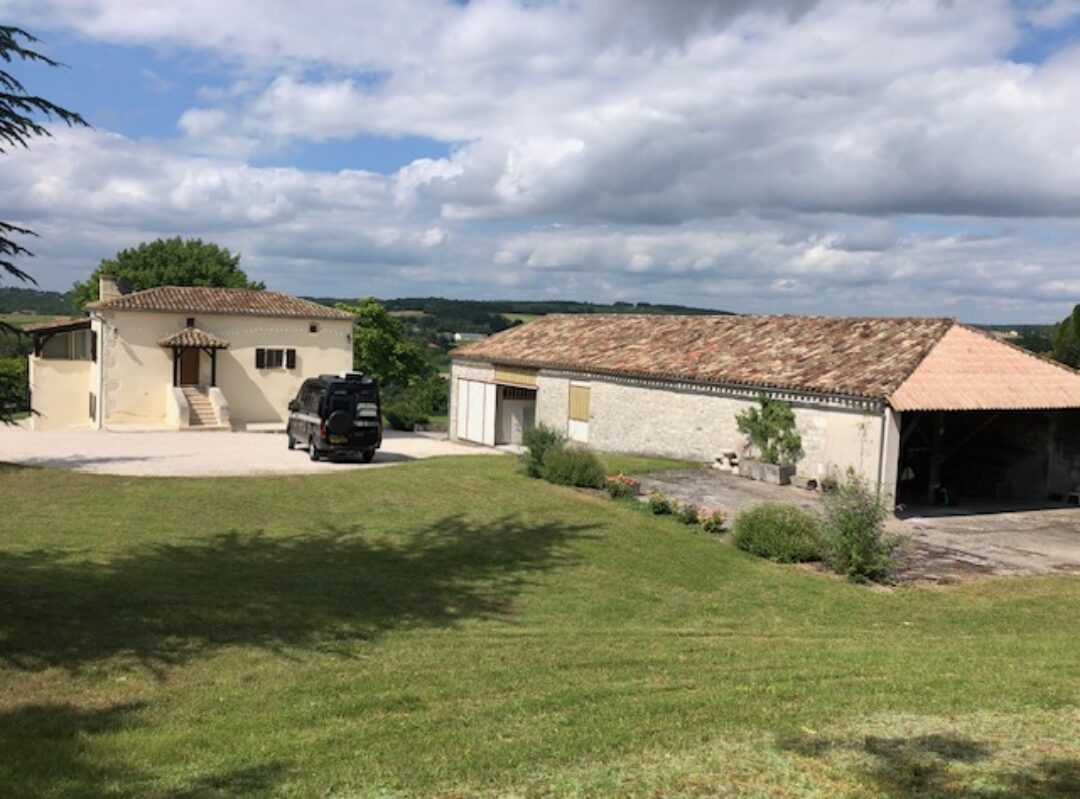Another week that brought contrasts, changes in weather and more interesting discoveries. As we headed east and south we passed into Provence and immediately saw the changing landscape with stone-clad houses, cypress trees, olive groves and vines. We drove through the beautiful Parc Naturel Régional of the Luberon, a mountainous area with pale golden villages clinging to the hillsides, including Gordes, Bonnieux and Lourmarin. An overnight stop near Goult gave us the opportunity to visit the pretty village on a brisk and bright morning and also to cycle the old railway line Voie Verte from Goult to Apt.



Our route towards the coast took us to an off-grid stop at Saint-Chamas right on the north-east edge of the Etang de Berre, a large lagoon just north-west of Marseille. With a surface area of 155km2, it is one of the largest inland ‘seas’ in France and gradually returning to its former natural glory following years of pollution caused by industrialisation. Saint-Chamas is still quite a traditional fishing village as well as being popular for water based sports and we were happy to spend a couple of nights there overlooking the lagoon. A walking route displayed in the village looked interesting and turned out to be one of the best walks we’ve done with variety of scenery, views and history. Starting off by following a path along the lagoon we passed lively school groups being rounded up for their afternoon sailing lessons until we reached on the edge of the village, the rather grimly named Lavoir des Contagieux, once the building for washing the clothing of the sick, in particular those suffering from the plague of 1720 which reached the outskirts of the village.






The walk moved inland to the river Toulobre and we suddenly came upon a Roman bridge, Pont Flavien, dating back to 12BC and with the ruts caused by carriages still visible. This was the second well-preserved Roman bridge we’d come across by chance in as many days, the first being the Pont Julien half way along the cycle way to Apt and the ancient Via Domitia. We continued up into the hills behind the village, past the remains of a railway viaduct originally with 49 arches and on to view points over the lagoon. The last part of the walk took us to a viewing point over the the village and an amazing aqueduct that was built in 1869 after a landslide in the surrounding hills cut off the village and its water supply. An impressive clock tower was added in 1902 giving it the name ‘Pont de l’Horloge’.



Joe had hoped to launch his boat in the lagoon but problems with the engine as he went to set off unfortunately thwarted his plans. Happily a handy gate at another off-grid stopover enabled him to effect repairs and get it runnning, so he will hopefully be on the water soon.

A further few miles east took us to a ‘quirky’, but convenient, stop on the edge of the city of Aix-en-Provence. Aix is another attractive and lively city and displayed to its best on a bright day. The artist Paul Cezanne was born and lived in Aix, so his influence features heavily and we followed a route around the city based on his life and work. Aix is also known for its many fountains and we got to see some of those, mainly along the elegant main thoroughfare of Cours Mirabeau where a clothes market was in progress and laid-back music students were playing jazz. Cezanne also painted numerous paintings of Montagne Sainte-Victoire, the mountain ridge that dominates behind the city.








In one of the small back streets we discovered the small shop that is renowned for its madeleines, the small cakes made famous by the writings of Marcel Proust. Apparently there is often a queue at this shop so we took advantage of a quiet time to buy some – and very good they were!


